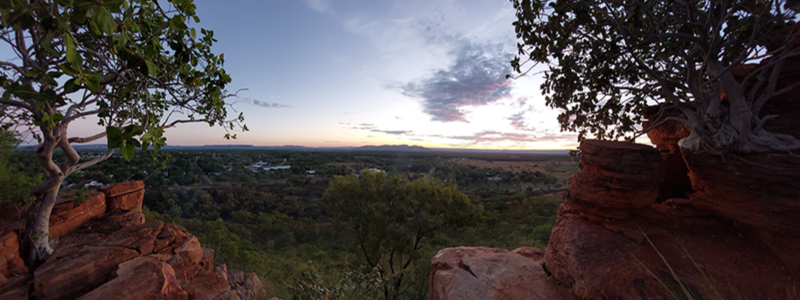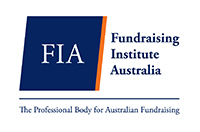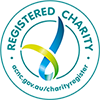
Fast Facts
- Australia consistently ranks as having one of the best quality of life scores in the world [1]
- There are 3.3 million people (13.4%) living below the poverty line, including 761,000 children (16.6%) [2]
- 16.9% of Australian adults are currently financially excluded [3]
- Only 46% of Aboriginal and Torres Strait Islander people over 15 years of age are employed [4]
- Only 27% of Aboriginal and Torres Strait Islander people work full time [5]
- The national unemployment rate is 5.7% [6]
Australia is widely considered a continent with a spectacular natural environment, high quality of life and great diversity. The 24 million people living here collectively speak more than 300 languages. Its First People have one of the oldest surviving cultures in the world. An estimated 3.3% of the population identify as Aboriginal and/or Torres Strait Islander and of this, 90% identify as Aboriginal, 6% as Torres Strait Islander and 4% as both Aboriginal and Torres Strait Islander.
While Australia has an excellent reputation globally from various economic and social development perspectives, it still faces poverty-related challenges. Long-term analysis of poverty-related data indicates “…an overall trend of persistent and entrenched poverty over the decade”. The most concerning element of this was the 2% increase in child poverty from 2004 to 2014. In addition, many people, particularly in more rural and remote areas, experience significant financial hardship and exclusion. A recent survey showed that 13.1% of Australian Households are unable to raise $2,000 for an emergency. More than 1 in 10 Australian adults experience severe or high financial stress/vulnerability, and the National Economic & Social Impact Survey (2017) identified that 49% of its respondents delayed or were unable to pay bills.
While many Aboriginal and Torres Strait Islander people have overcome immense hurdles to achieve great things for their communities and for Australia as a whole, many are unfortunately still disproportionately affected by poverty and disadvantage. They face significantly poorer health, educational opportunities, employment options and life expectancy. The gap between Indigenous and non-Indigenous life-expectancy at birth is 12 years for males and10 years for females. Even worse is that mortality rates for Aboriginal and Torres Strait Islander people infants and young children are 2-3 times higher (than for all infants and young children). The unemployment rate amongst the Indigenous population is over 17%, approximately 3 times the national rate. Exacerbating poverty-related impacts is that many Aboriginal and Torres Strait Islander people live in very remote areas which compounds issues of access (to basic services, markets and employment), participation, affordability and opportunity.
Australians generally enjoy very good health services and impacts. However, the Department of Health has stated that the country faces significant health-related challenges due to the growing burden of chronic disease, an ageing population, workforce pressures, and inequities in health outcomes and access to services. Numerous studies on the health of the Aboriginal and Torres Strait Islander population conclude that Indigenous people face the worst related outcomes and impacts in the country, with the highest mortality (death) rates.
When looking at education, although there statistically have been improvements relating to the Indigenous population, ATSI communities still face significant education challenges and impacts. These include poor access to quality education, low retention rates and high rates of absences. There are historical, socio-economic, political and geographic factors contributing to this. A 2015 study shows that Aboriginal and Torres Strait Islander children are twice as likely to be developmentally vulnerable on two or more of the Australia Early Development Census (AEDC) developmental domains (physical health and wellbeing; social competence; emotional maturity; language and cognitive skills; and communication skills and general knowledge). Although Aboriginal and Torres Strait Islander people make up 2.7 per cent of the working age population, they only represent 1.1 per cent of all university enrolments. It is widely accepted that for the education gap to be closed, the sector (from early childhood to tertiary) has to be viewed and addressed within the complex and deep socio-political myriad that it exists.
What is Mary MacKillop Today doing to respond to this need in Australia?
- Aboriginal and/or Torres Strait Islander Tertiary Scholarships Program
- Community Grants Program
- Financial Inclusion Program
- Yawardani Jan-ga – Equine Assisted Learning Program








